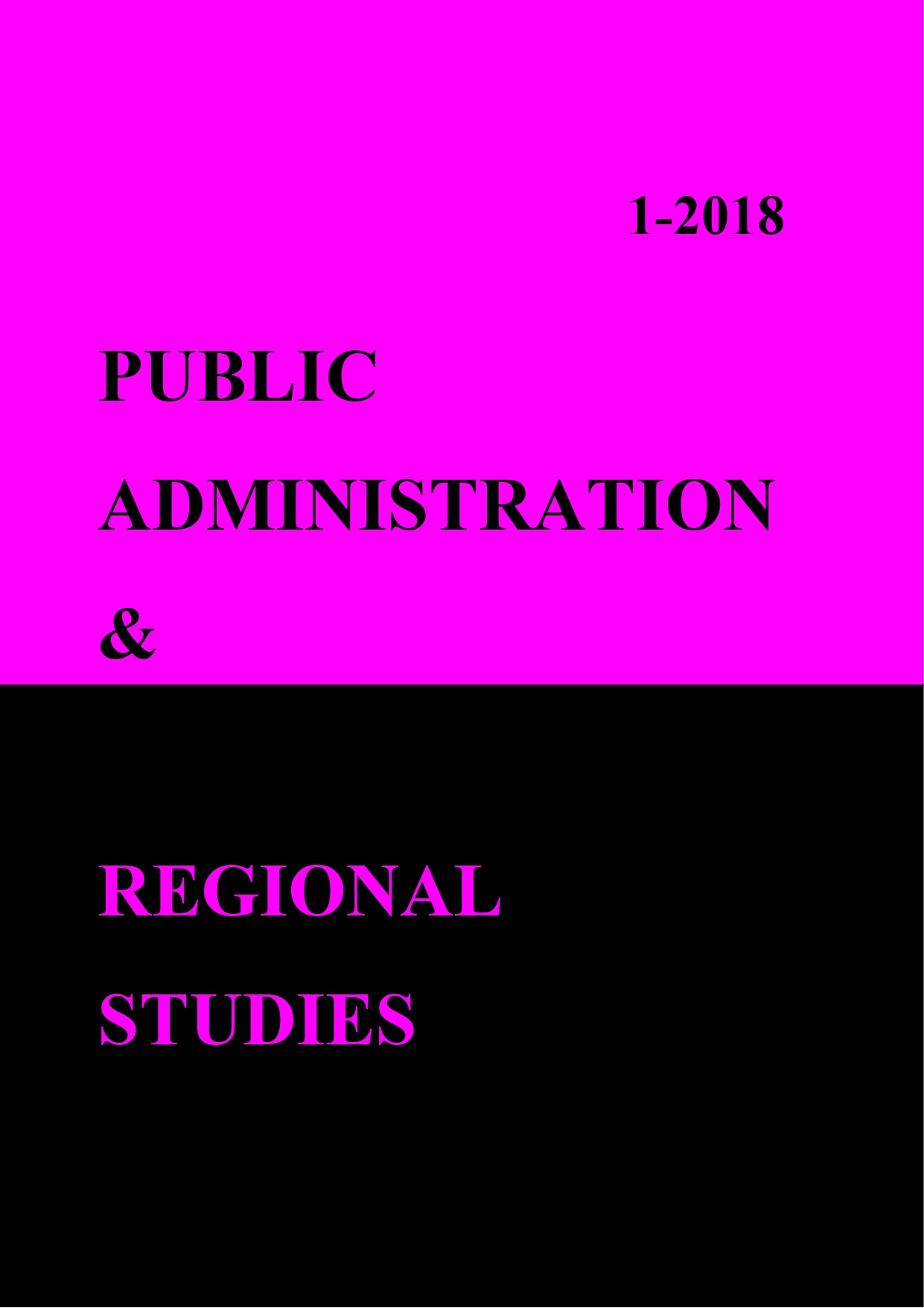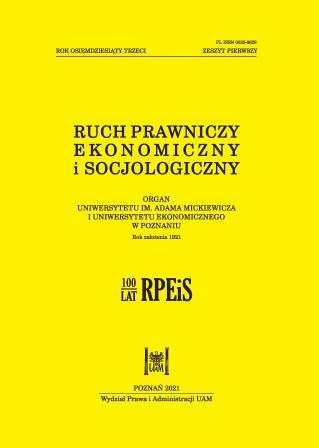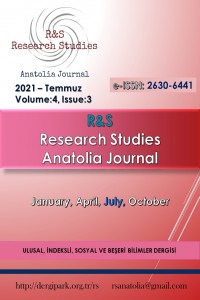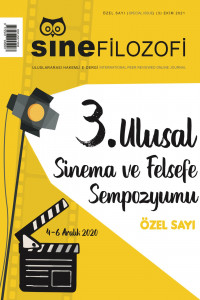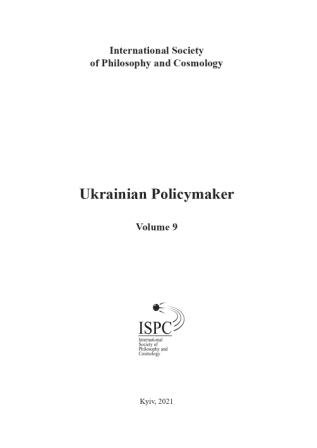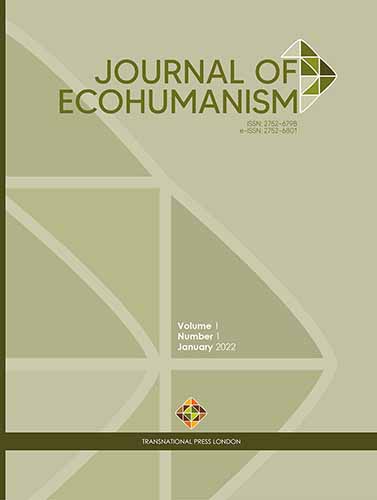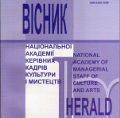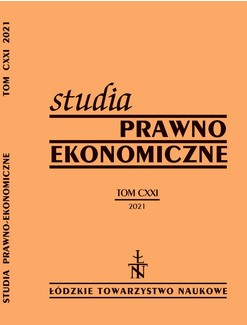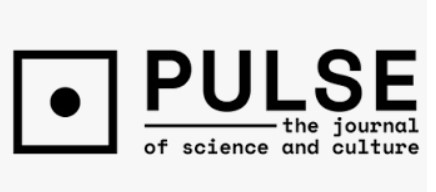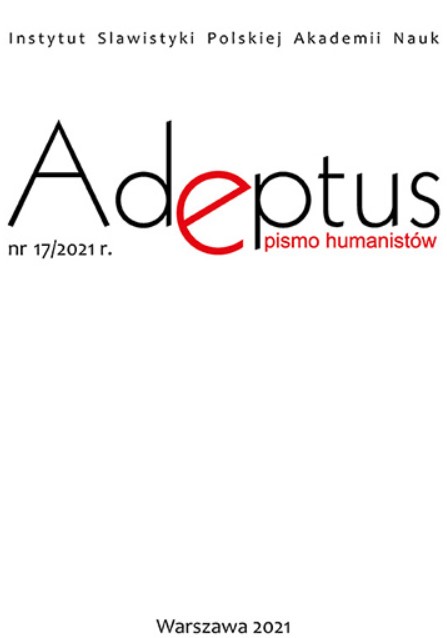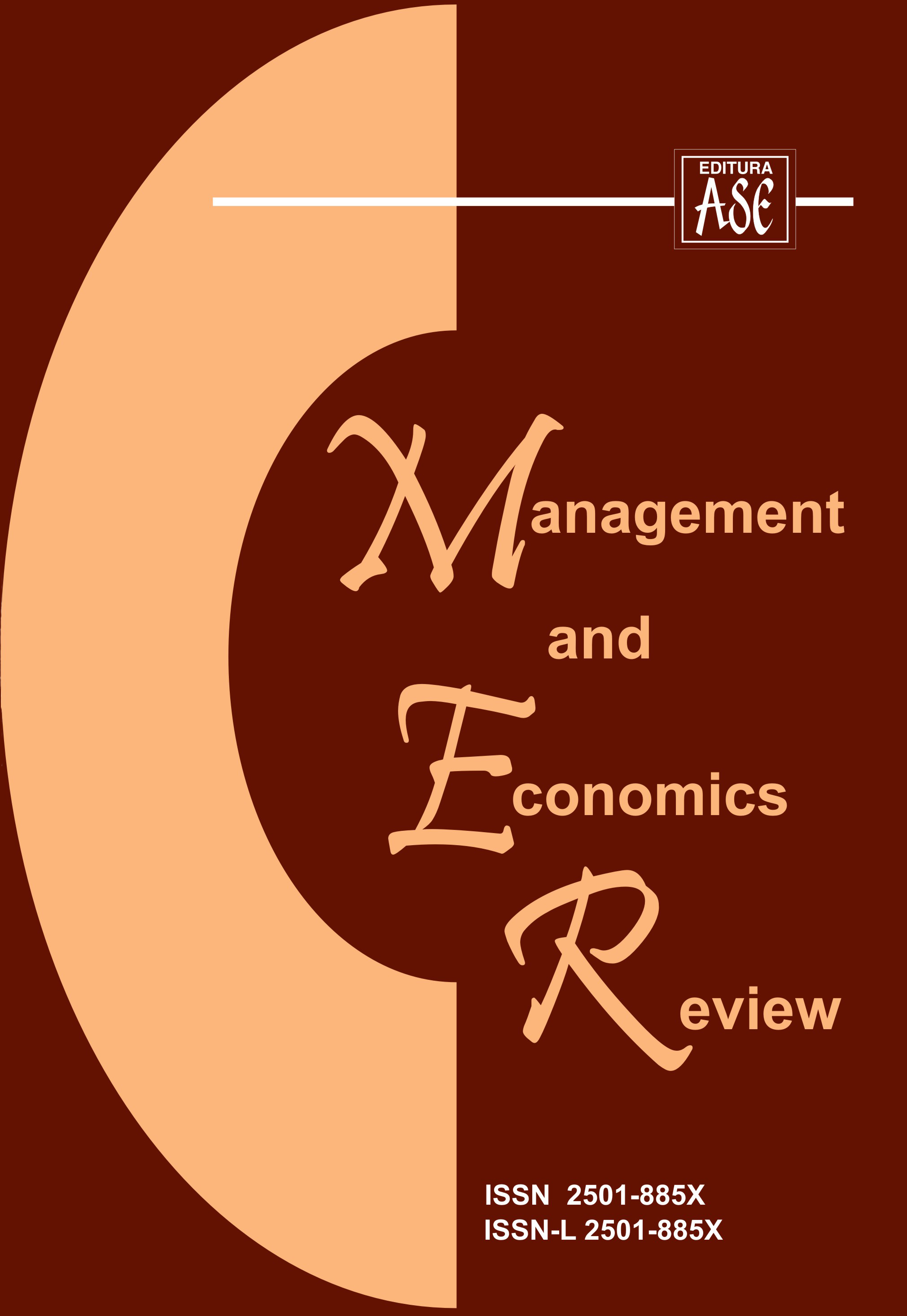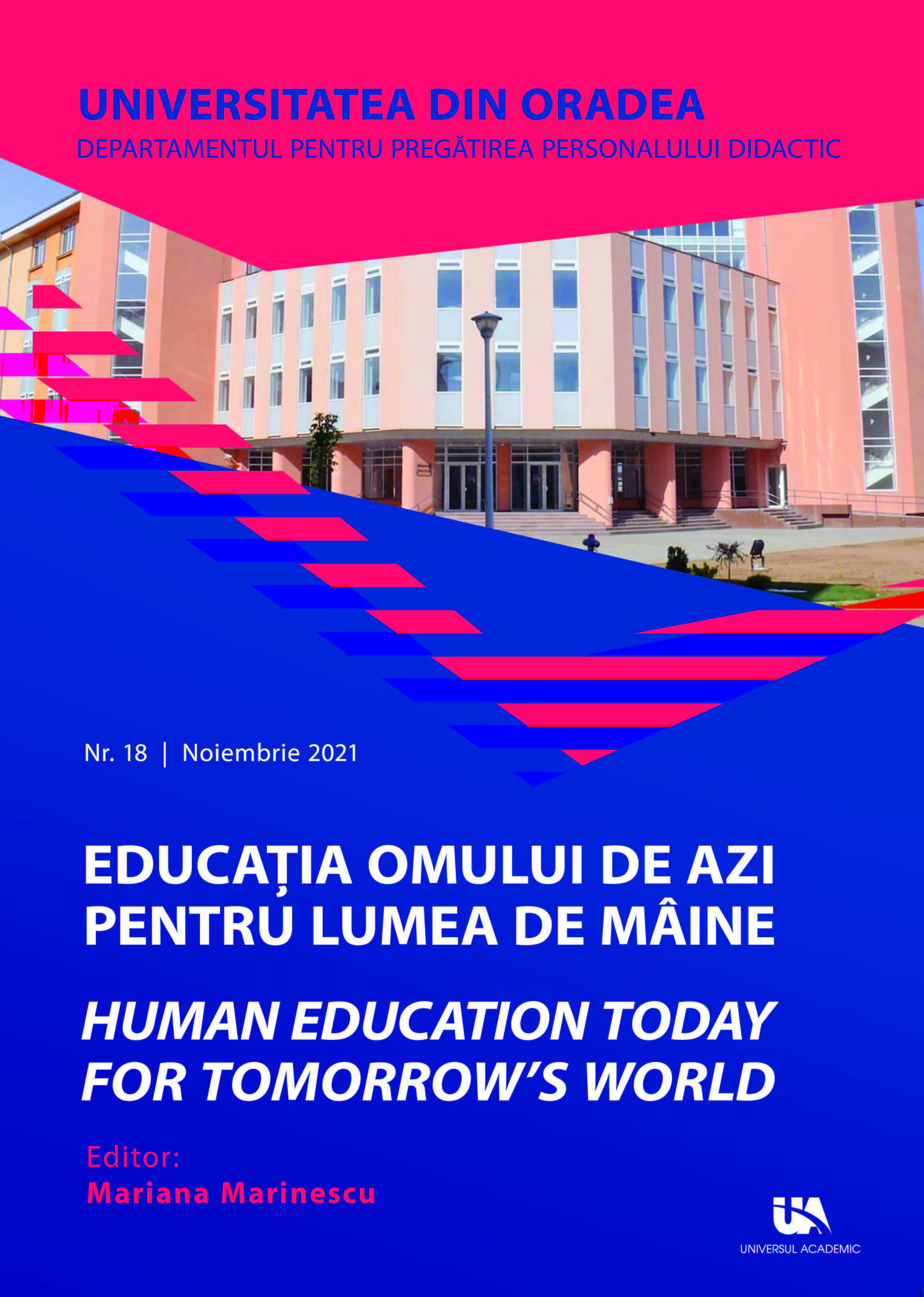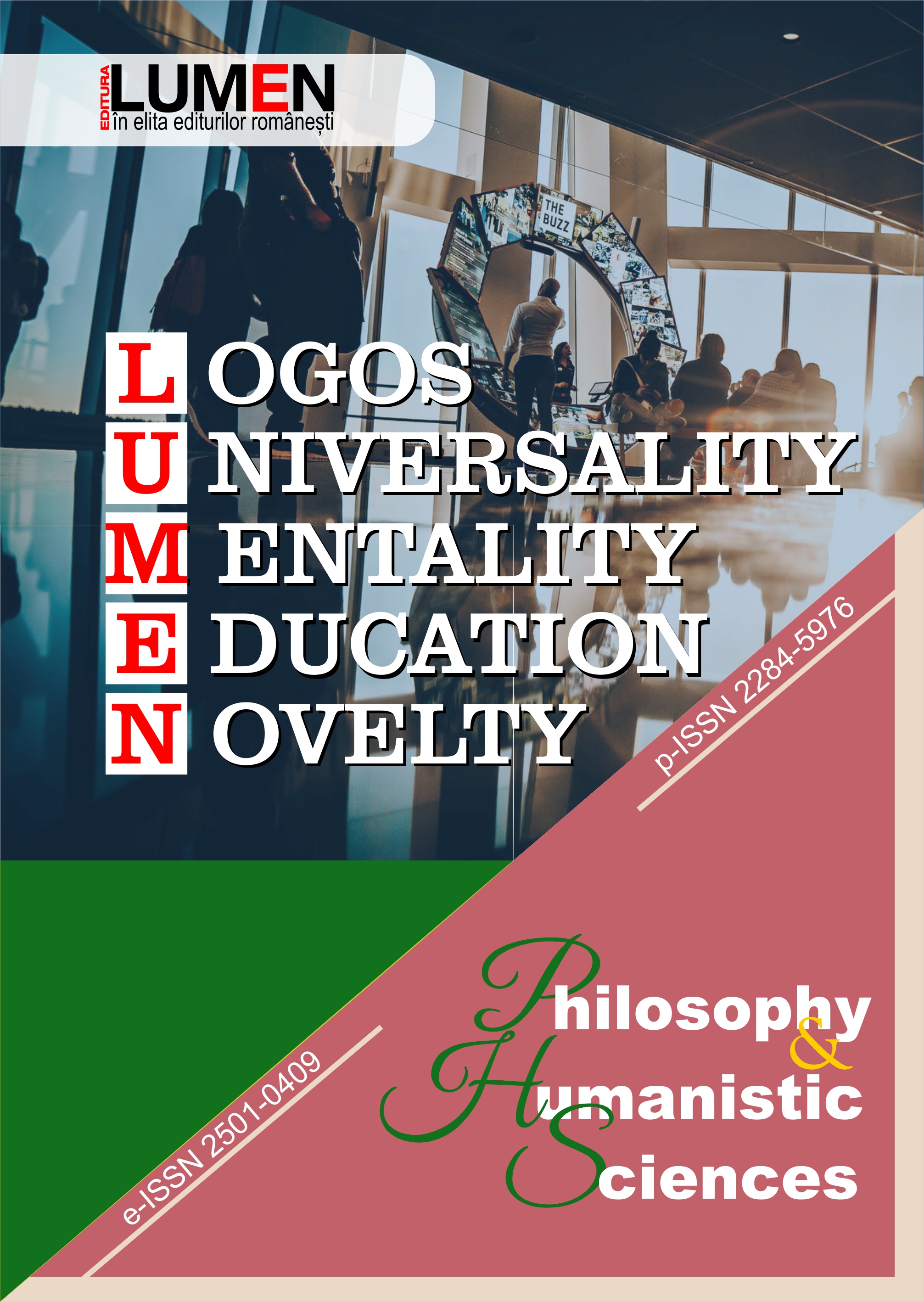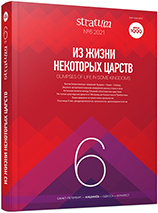
Промысел пернатой дичи русским населением Тарского Прииртышья в XVII—XIX вв.: письменные и археологические источники
Bird hunting as a type of economic activity of the Russian population in the 17th—18th centuries is analyzed on the basis of archeozoological collections and complexes from the cultural layers of rural sites. The composition and ratio of different types of commercial birds, methods of passive and active hunting are determined. The results obtained are compared with written sources of the 19 th century and archaeological materials from other regions. As part of the inventory of archaeological sites, in addition to the bow and arrowheads, a set of clay balls of different sizes and weights was identified, which were used as projectiles for slingshot in hunting flocking birds.
More...


